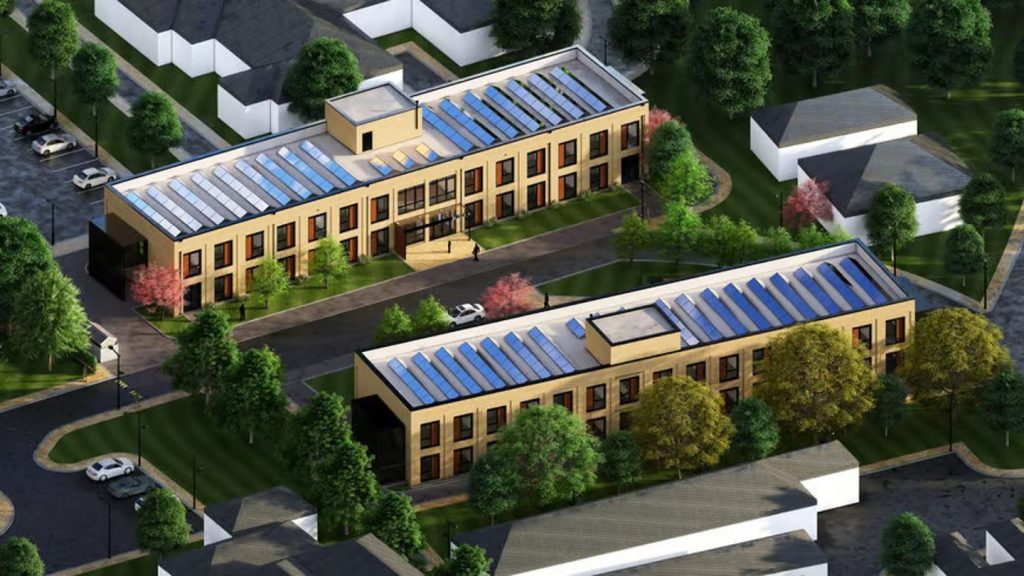Reds10 has commenced construction of more than 200 new bed spaces for British Army personnel in Upavon, England.
A ground-breaking event at Trenchard Lines was held for the four new single living accommodation (SLA) blocks project.
Reds10 CEO Matt Bennion said: “This latest ground-breaking event showcases the progress we are making in the single living accommodation project alongside the Army and DIO [Defence Infrastructure Organisation].
“Building on our other successful projects at Imjin Barracks and RMA Sandhurst, these state-of-the-art buildings will deliver sustainable, high-quality and cost-effective new accommodation for our armed forces personnel, demonstrating the benefits of MMC [modern methods of construction] for both occupants and the defence estate.”
Reds10 is delivering the project for DIO under the British Army’s SLA Programme.
The £1.4bn ($1.86bn) investment over ten years aims to modernise the army's estate and provide approximately 8,500 new bed spaces.
Reds10, recently selected by DIO among six companies for SLA construction, is spearheading the first phase in Upavon by replacing five outdated blocks with new bed spaces.
The project also includes the refurbishment of an existing building to enhance its capacity and comfort, offering 21 bedrooms, an upgrade from the previous 19.
The new SLA blocks are designed with input from soldiers to cater to their needs, featuring communal spaces, kitchens, and amenities such as fitted furniture and equipment storage, among others.
Reds10 will manufacture a minimum of 85% of the new structures at its MMC factory in East Yorkshire, ensuring a reduction in on-site disruption.
Sustainable features such as solar panels, smart thermostats, and a building energy management system will be added to the SLA blocks, aligning with the army's net-zero ambitions.
The all-electric design includes air-source heat pumps and heat recovery ventilation.
Furthermore, construction of a new Officers’ Mess is set to begin in 2025, adding 69 bed spaces to the Upavon estate.
The phased handover of buildings will facilitate the timely relocation of personnel, with the entire project expected to be completed by late 2026.









